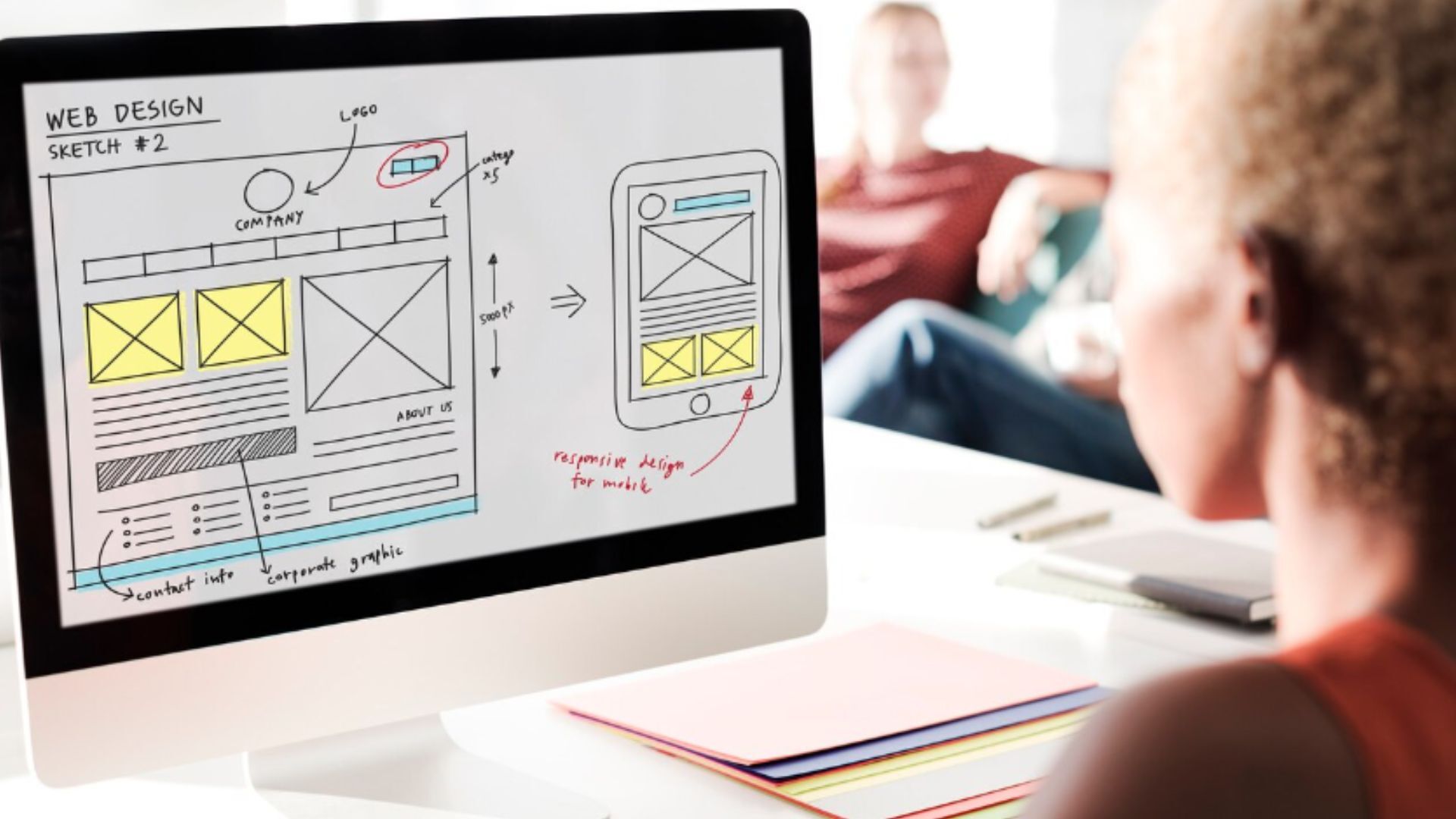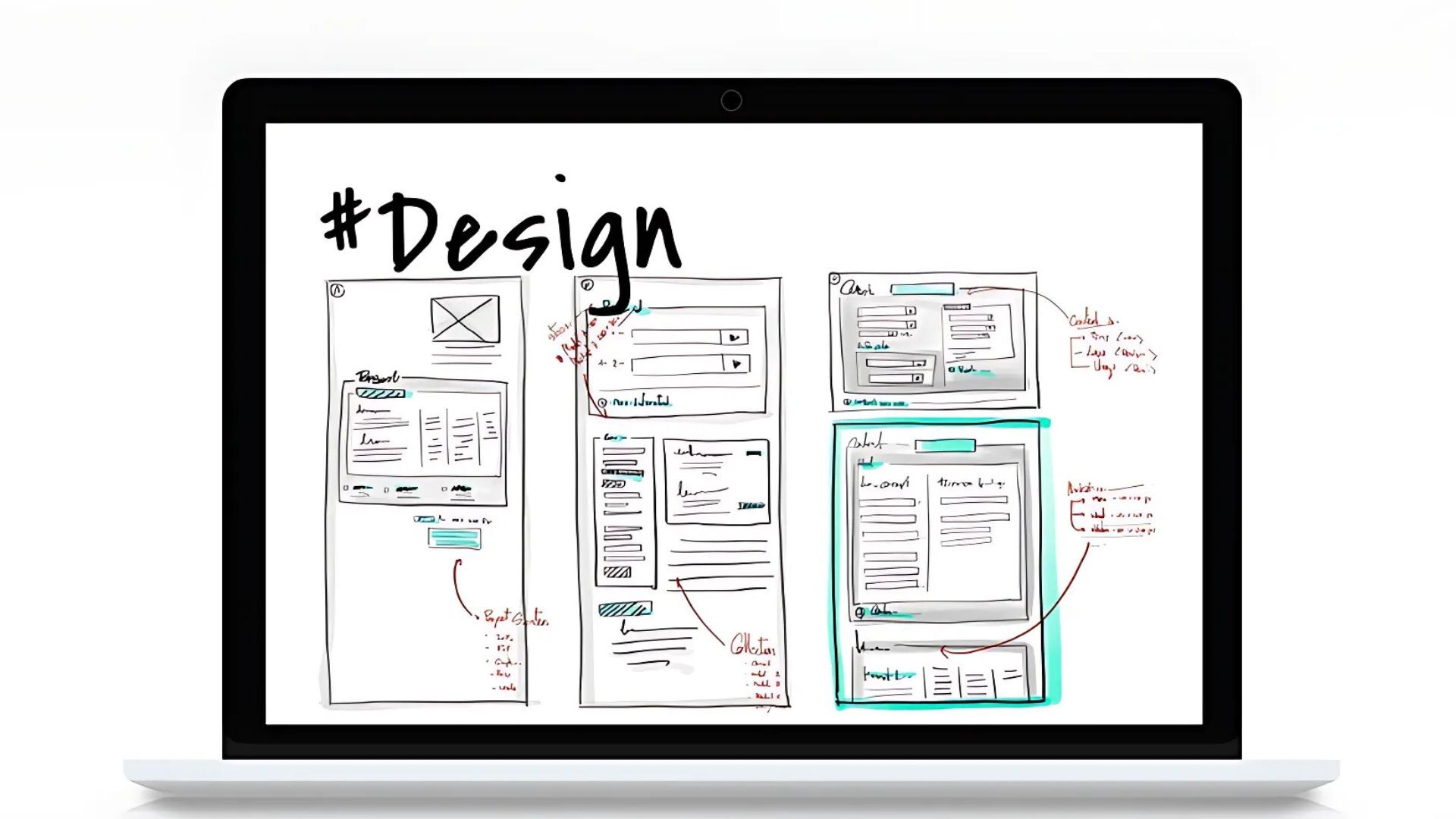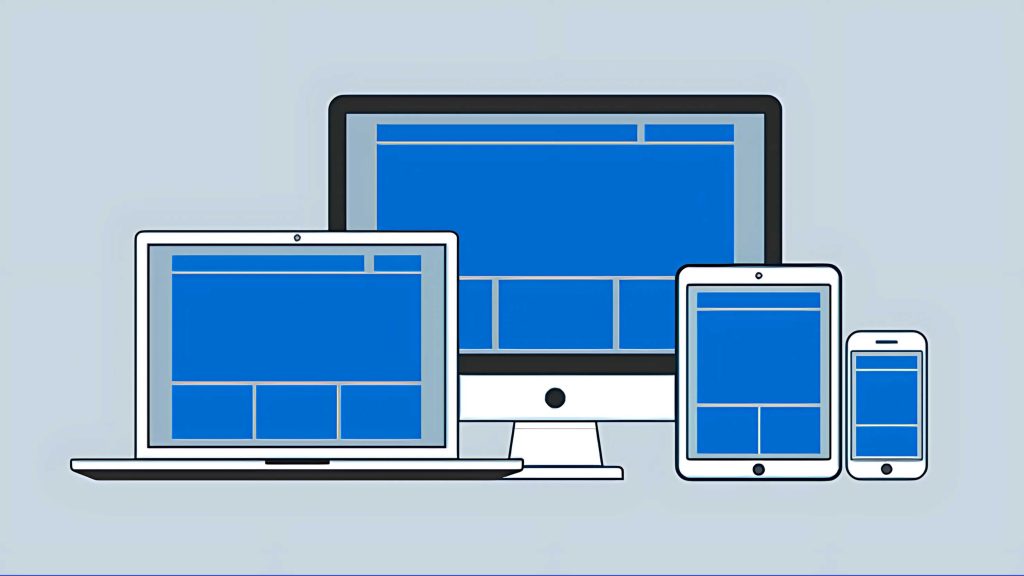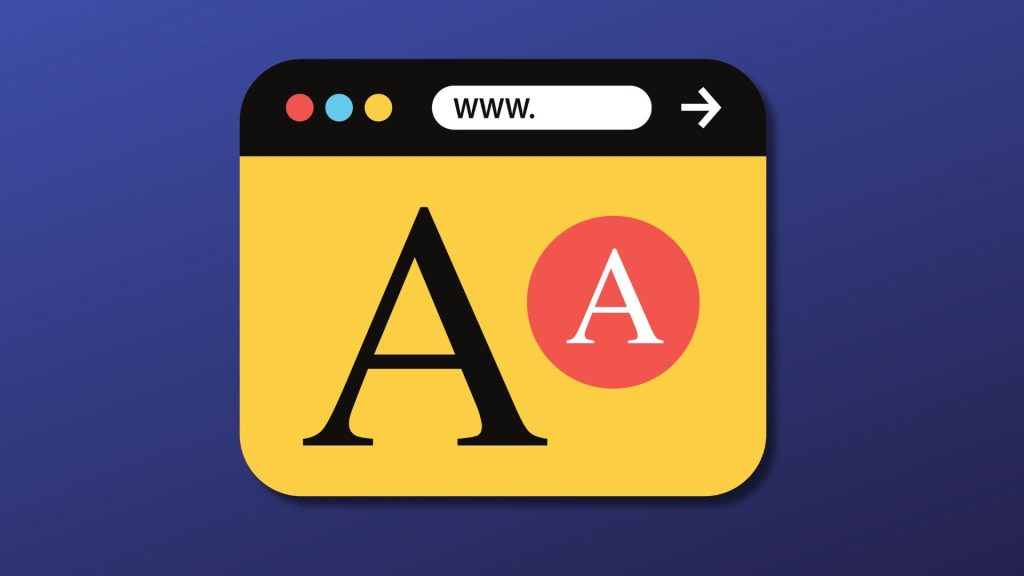What Is a Storyboard in Web Design?

Storyboards play a crucial role in website design by helping transform abstract ideas into a structured, user-focused experience. Originally used in the film industry to plan scenes, storyboarding has evolved to visualize a website’s layout, user flow, and interactions before development begins.
In this article, we’ll discuss the purpose and benefits of storyboarding, key components of an effective storyboard, different storyboarding techniques, and steps for creating one. We’ll also cover real-world examples, common mistakes to avoid, and how storyboards enhance collaboration within web design teams.
Definition of a Storyboard in Web Design
A storyboard in web design is a sequence of frames or panels that represent key interactions and pages users will encounter on a website. It combines sketches, wireframes, captions, and other design elements to create a detailed storyboard that pre-visualizes the website’s layout and flow. By creating storyboards, designers can illustrate the user’s experience (UX) step-by-step, ensuring that each part of the website is aligned with user needs and business goals. Unlike simple wireframes, storyboards provide context by showing how users navigate through a site, highlighting the user flow and key touchpoints along the way.
Purpose and Benefits of Storyboarding
Storyboarding in web design serves multiple purposes, starting with helping teams visualize the user journey and prioritize the key elements needed for a successful website. Storyboards are essential for identifying potential issues early in the web design process, thereby reducing costly revisions during development. They facilitate brainstorming sessions where stakeholders and designers align on the website’s structure, user personas, and pain points. By creating a storyboard, teams can design user-friendly interfaces that enhance usability and provide a visually appealing experience that aligns with the brand.
Beyond planning, storyboards help you create effective communication tools within the design team and with stakeholders. They offer a concise, visual representation of the website’s pages and sections, making it easier to discuss design choices, test usability, and gather feedback. This methodical approach enhances collaboration, ensuring everyone understands the user flow and the website’s layout throughout the project.
Essential Components of a Website Storyboard
An effective storyboard includes several key elements that provide a comprehensive view of the website’s design. The layout is typically organized on a grid to maintain consistency and clarity. Wireframe forms are the backbone, illustrating the structure and design of individual pages, while captions explain the purpose of each section or interaction. Incorporating sketches and simple visuals helps to illustrate user actions and decisions as they interact with the product.
User personas are integrated into the storyboard to keep the focus on the user’s goals and pain points. Storyboard templates or storyboarding software tools often help web designers streamline the creation process, ensuring that storyboards are detailed yet concise. Including user flows and sitemaps alongside storyboards creates a holistic understanding of how users navigate the website’s pages and sections.
Types of Storyboarding in Web Design
Storyboarding in web design can take various forms, depending on the project’s specific needs.
Low-fidelity storyboards use quick sketches or stick figures to conceptualize the sequence of steps users take through a process. These are useful during brainstorming and early ideation phases because they are quick to create and easy to modify.
High-fidelity storyboards, on the other hand, integrate detailed wireframes, annotations, and even branding elements to closely represent the final design.
While storyboards share similarities with wireframes and sitemaps, each serves a distinct role. Wireframes focus on the layout and structure of individual pages, while sitemaps map out the website’s overall architecture. Storyboards illustrate the flow between these pages, showing how users interact with the website at each step.

Steps to Create an Effective Storyboard
Begin with brainstorming to understand the user story and identify the user’s journey on the website. Sketch out rough ideas to visualize the flow and interactions, using stick figures or simple wireframes to illustrate key steps. Next, prioritize design elements based on user pain points and the website’s goals, ensuring the storyboard captures all critical interactions.
Add captions to each frame to explain what is happening and why. This provides context for stakeholders and team members, enhancing clarity. Use storyboard templates or software tools to organize your sketches into a cohesive visual narrative. Lastly, iterate on the storyboard based on feedback from usability tests and stakeholder reviews, refining the design to address potential issues and improve user experience.
Common Mistakes to Avoid When Creating a Storyboard
One common mistake is creating overly complex storyboards, which can confuse rather than clarify. Another is neglecting user personas, which leads to designs that fail to address real user needs and pain points. Ignoring stakeholder input or feedback early in the process often results in misaligned expectations and costly revisions later.
Effective storyboards remain concise and focused, prioritizing clarity over excessive detail. Avoid vague captions or unstructured layouts, as these reduce the storyboard’s usefulness. Ensuring each frame clearly illustrates user interactions helps maintain an effective communication tool that guides the web design process.
Collaborating With Your Web Design Team Using Storyboards
Storyboards are invaluable for collaboration within design teams and with stakeholders. They help multiple team members understand the website’s structure, user flow, and brand goals throughout the project. By using storyboards, web designers can visually communicate design decisions, making it easier to gather feedback and adjust the design accordingly.
This collaborative technique fosters transparency and ensures that all parties are aligned on the website’s visual design and user experience. Storyboards help prevent miscommunication by providing a shared reference point, allowing the team to focus on creating a successful website that meets both user and business needs.
And if your team struggles with the process or you need extra creative support, you can explore talented design agencies on directories like Design Rush, where you’ll find experts ready to help bring your vision to life.
Conclusion
Storyboarding in web design is a visual and strategic technique that helps create user-friendly, visually appealing websites by illustrating how users interact with a product. By incorporating storyboards into the web design process, designers can identify potential issues early, prioritize key elements, and foster effective collaboration among stakeholders and teams. Storyboards offer a concise yet detailed visual representation of the user journey, layout, and flow, making them a vital tool for any successful web project. Embracing storyboarding will help you create websites that not only look good but deliver seamless and intuitive user experiences.


